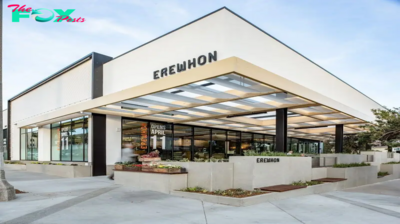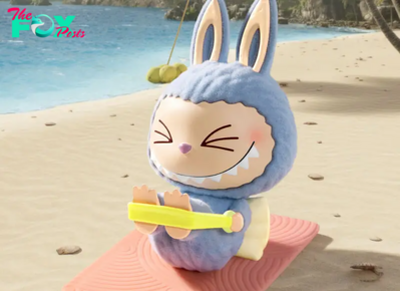Lifestyle
Frieze Masters Seoul 2024: “Where All Art Takes Centre Stage”
Prestige speaks with Nathan Clements-Gillespie, Director of Frieze Masters Seoul.
You can read more about Frieze Masters Seoul and discover all its highlights here.
This is the third iteration of Frieze Masters Seoul. There was a lot of noise when Frieze launched alongside KIAF Seoul in 2022. How would you assess progress since?
I don’t think any one of us – I mean nobody – could have foreseen the unbelievable reception that Frieze Seoul received. Beyond the red carPet, and through the mutual joy and excitement with which Frieze and Seoul have taken to one another. It has been just outstanding. And to see how interested, interesting, cultivated and experienced collectors are in Korea; they come to Frieze Seoul having really done their homework. And galleries take note of that. And specifically for the dealers in historical art, they’ve been just overwhelmed by the number of people interested in historical art. And what they found refreshing is that in Seoul, it’s been younger people. Just scores of young people.
We’ve certainly seen younger generation artists coming specifically to Frieze Masters in Seoul and saying, ‘wow, I’ve never seen this outside of a museum’, or ‘I haven’t had to Travel to Europe, it’s special to see this’. Or, in the case of a gallery like Robilant+Voena, who specialise in Old Master paintings and have a major exhibition spanning 800 years from their collection at the Hyundai Department Store in Seoul, it’s people seeing religious iconography and saying, ‘oh my goodness, I didn’t know this existed outside of a church.’ The work runs from the 1300s to the 2000s.
How do you account for this aficionado level of collector in Seoul?
Every conversation I have in Seoul, or around Seoul, is thoughtful, interesting, and weighty. There aren’t any time-wasters. And I think that’s really a testament to the rich heritage there is in Korea, both the country’s own artistic heritage, the number of galleries, and just look at the museums. There is a culture of giving back to society through art and through museums.
What are your aspirations for the show this year and beyond in terms of Frieze Masters in this geography. What it has achieved thus far, and what can it still aspire to?
When Frieze Masters was born 12 years ago, it was to show historical art in a contemporary context and born out of the notion that artists are inspired by historical art and want to talk about how historical art has inspired their own practice. Annabelle Selldorf was appointed as architect of Frieze Masters because of her incredible track record, with galleries and museum making. And what she created for Frieze Masters is a platform where all art, irrespective of its period or geography or genre, can take centre stage. And so you can show a Socratic idol next to Picasso, and everything has room to breathe on an equal footing. And you can also show the next-generation that you don’t need to live in a dark castle with velvet walls to enjoy Old Master paintings. If you see an Old Master picture at Frieze Masters, you can imagine it in a contemporary penthouse.
Can you share examples of artists inspired by historical works?
It’s certainly something that we’ve seen develop hugely over the last 12 years. And I’ll never forget roughly ten years ago, Tracey Emin had a beautiful exhibition at Galleria Lorcan O’Neill in Rome. And she made an edition of the sketchbook she kept while she was in Rome for that show. And they’re absolutely beautiful drawings of sculptures, mainly Madonnas, but also Angels. And we’ve seen in the Frieze Masters Talks programme, artists like George Condo, and William Kentridge, speak very eloquently about the iNFLuence of historical art in their own practice. And Marina Abramović gave a brilliant lecture at Frieze Masters in London a few years ago. She said, “You know, I realise that for the work I do it may not be obvious that I’m inspired by History, so I’ve put together a PowerPoint.” And she showed us the journey of how she took inspiration from a Eugène Delacroix painting and explained where we could see the result in her own work.
What’s on your bucket list for Frieze Masters and beyond Frieze while you’re in Seoul?
In terms of the fair, I think we’re so lucky to have with us somebody like Axel Vervoordt, who has been so inspired by the art and the culture of South Korea, and who works with so many artists from South Korea. It’s really important to have them as part of Frieze Masters and so have this Western voice that’s got such a strong debt to South Korea and to South Korean art.
And speaking of contemporary artists who are inspired by historical art, make a beeline for Swiss-born, New York-based Nicolas Party at Ho-Am Art Museum in Yongin. And I’m really, really interested to see Elmgreen & Dragset at the Amore Pacific Museum of Art. And The Pinault Collection at Songeun Art and Cultural Foundation.
One gallery I encourage everyone to see is Hakgojae: Set up in 1988, they do brilliant work. I also really love where the gallery is situated, right across from the Gyeongbokgung Palace and the palace gardens. And on the very top floor the Chairman has his calligraphy study. It’s a very iNFLuential and also very beautiful gallery.
When did you first know that Frieze was coming to Seoul?
We looked at a lot of places pre-COVID. And then when we received this very beautiful offer of partnership from the Korea Galleries Association to partner with them and Frieze with KIAF, it just felt right. It felt perfect. And it has worked because the art calendar is congested. We haven’t added anything. We joined a spot that’s already on the calendar. We have been and continue to be collaborative. I think it’s a very beautiful way to do things, to work with KIAF. And to join forces and stage these sister fairs side by side.
-
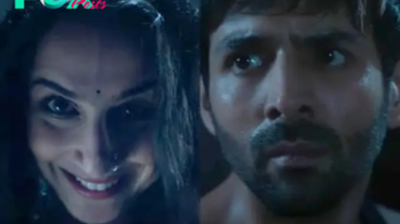
 Lifestyle38m ago
Lifestyle38m agoBhool Bhulaiyaa 3 teaser: Vidya Balan’s Manjulika strikes back
-

 Lifestyle38m ago
Lifestyle38m agoFormer wife of Aamir Liaquat, Bushra Iqbal, leads case for justice in video leak scandal
-

 Lifestyle4h ago
Lifestyle4h agoWho will moderate the Trump-Harris presidential debate? Here’s what to know about David Muir and Linsey Davis.Cau
-
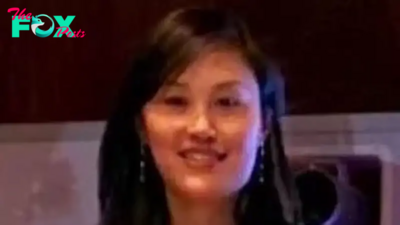
 Lifestyle4h ago
Lifestyle4h agoNew York Governor Kathy Hochul’s former aide accused of being a ‘secret agent working for China.’Cau
-
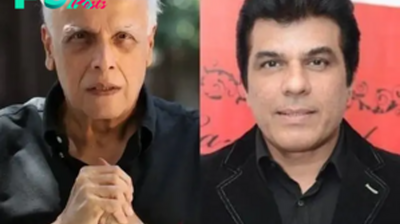
 Lifestyle6h ago
Lifestyle6h agoMahesh Bhatt Apologises to Waris Baig for Copying Pakistani Song in Bollywood Film Murder
-
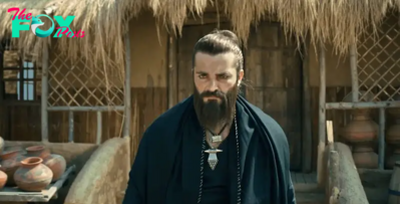
 Lifestyle6h ago
Lifestyle6h ago'The Legend of Maula Jatt' set for India release
-
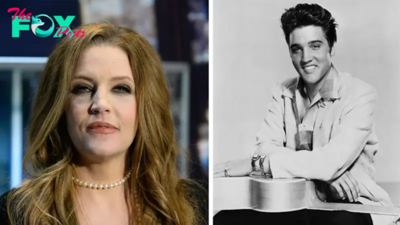
 Lifestyle10h ago
Lifestyle10h agoLisa Marie Presley’s Heartbreaking Revelation About Her Relationship with Elvis
-
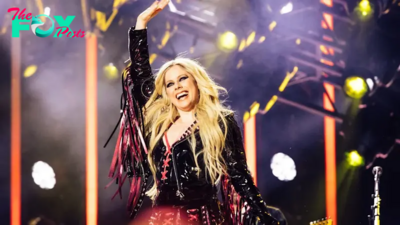
 Lifestyle10h ago
Lifestyle10h agoInside Avril Lavigne’s Star-Studded Dating History as She Turns 40 — From Chad Kroeger to Brody Jenner.Linh




